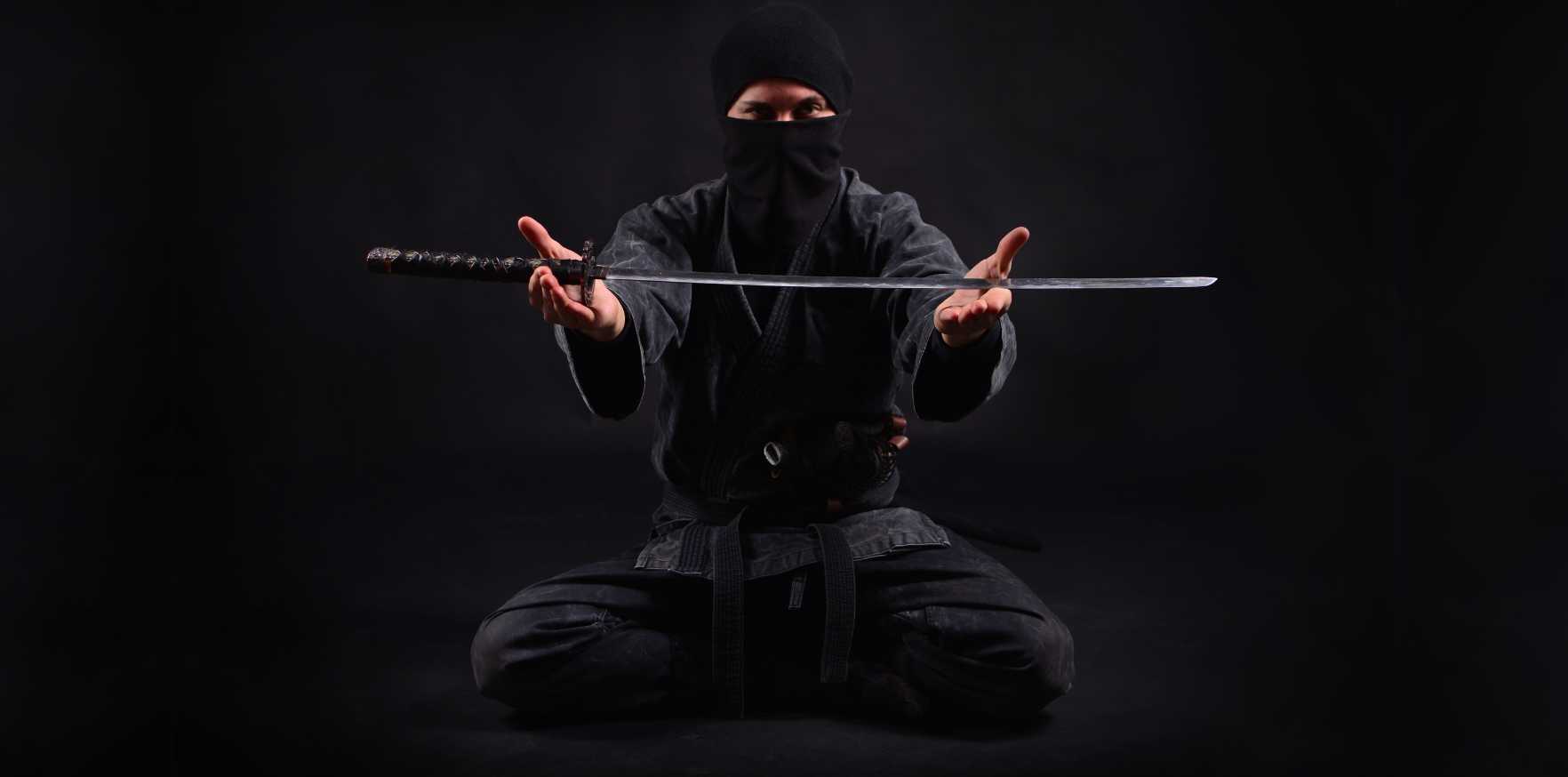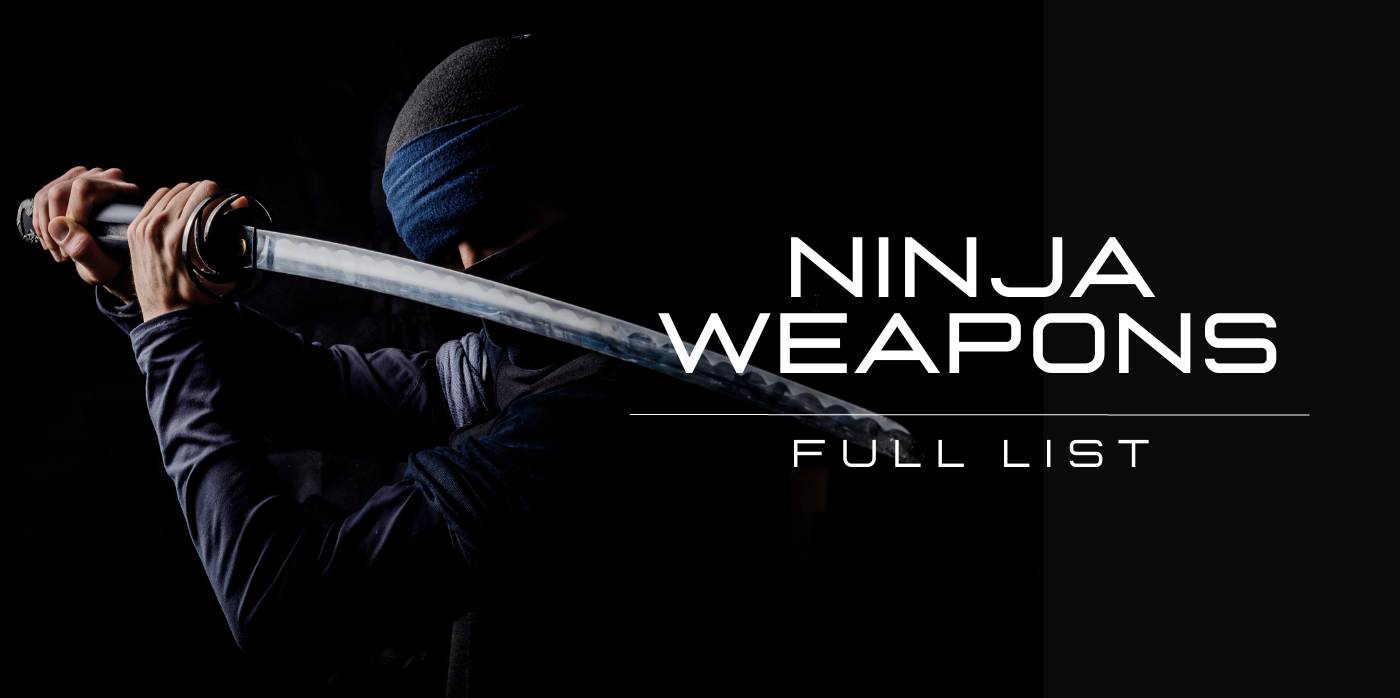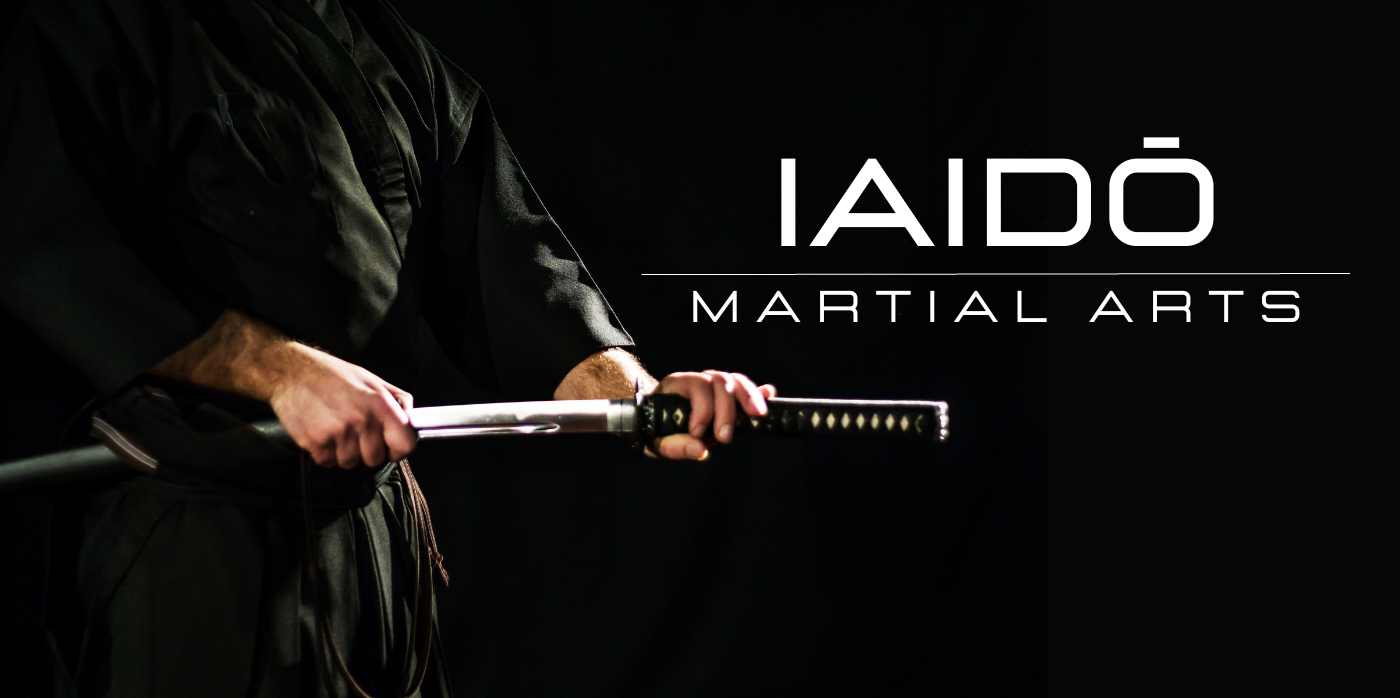In the intricate tapestry of Feudal Japan's history, the epic rivalry between the shadowy Ninja and the honorable Samurai holds an enduring fascination. As we delve into the lives of these two iconic warriors, we uncover surprising nuances and parallels. In this article, we'll analyze the differences and intersections between the Samurai and Ninja, adding depth to our understanding of these legendary figures.
1. Understanding the Samurai and the Ninja
1.1 Who Were the Samurai
The Samurai were the military nobility of premodern Japan. They were well-known, accomplished fighters who were trained in a variety of fighting styles and weaponry, including the fabled and iconic "Samurai sword," also known as the Katana. "Bushido," a code of honor centered on loyalty, skill in battle, and a dignified end, ruled the Samurai way of life. Samurai were iconic warriors of Japan. There are many emblematic samurai who left their mark on their era.
- Period: 12th-19th century
- Class: Military nobility
- Main Weapon: Katana
- Philosophy: Bushido

1.2 Who Were the Ninja
The Ninja, or "Shinobi", were covert agents skilled in espionage, sabotage, and guerrilla warfare. Originating from the Iga and Koga regions of Japan, their secretive techniques, collectively known as "Ninjutsu", were born out of necessity during turbulent times. The Ninja utilized a wide array of tools and tactics to achieve their missions, including Ninja weapons like the short sword Ninjato and shuriken.
- Period: 15th-17th century
- Class: Mercenaries
- Main Weapon: Ninjato, Shuriken
- Philosophy: Survival, Adaptability

2: Samurai Vs. Ninja
2.1 Societal Roles
The Samurai and Ninja played distinct roles in Japanese society. The Samurai, as part of the ruling military class, were visibly intertwined with politics and governance. Their reputation hinged on public displays of bravery, loyalty, and martial skill.
Conversely, the Ninja were shadowy figures, working from the margins of society. Often employed by Samurais or Daimyos (feudal lords), they performed tasks that required stealth, subterfuge, and discretion.
2.2 Philosophy and Code of Conduct
Bushido, the Samurai's code, revolved around loyalty, honor, and personal integrity. A Samurai lived and died by these principles, and their honor was paramount.
On the other hand, the Ninja philosophy prioritized survival and adaptability. Their tasks required them to act covertly and pragmatically, even if it meant compromising on perceived "honor". This difference in philosophies often paints Samurai as the 'noble warrior' and Ninja as the "dishonorable assassin" in popular culture.
2.3 Weaponry and Combat Style
In terms of weaponry and combat style, Samurai are synonymous with the Katana, renowned for its sharpness and cutting power. Samurai combat, steeped in Japanese martial arts, emphasized one-on-one duels and direct confrontation.
Meanwhile, the Ninja arsenal was diverse, featuring tools like the Ninjato, shuriken, and blowguns, designed for covert operations. Ninja tactics leveraged the elements of surprise, sabotage, and escape, contrasting with the Samurai's more direct approach.

3. Samurai and Ninja Similarities
3.1 Samurai as Ninja
While Ninja and Samurai are seen as distinct entities, history reveals overlapping roles. Some Samurai, especially during the Sengoku ("Warring States") period, trained in stealth tactics and employed Ninja-like strategies when traditional Samurai methods were not viable. Thus, the boundary between Samurai and Ninja was not always rigid, with Samurai capable of adopting the Shinobi's cloak-and-dagger tactics when needed.
3.2 Ninja as Samurai
Conversely, some Ninja were also part-time Samurai. Ninja families served their local Daimyos, and many held Samurai status. These individuals lived dual lives, functioning as Samurai in the public eye while covertly engaging in Ninja activities. Therefore, the line between these two iconic roles could blur in practical reality, underscoring the complexity of Feudal Japan's warrior culture.
Conclusion
The mythic narrative of Ninja vs Samurai, often framed as a conflict between stealth and honor, is an oversimplification. The real-life roles of these legendary warriors were intertwined, complex, and context-dependent. Though the Samurai and Ninja walked different paths and embraced divergent philosophies, they were both instrumental in shaping the narrative of Feudal Japan. Ultimately, these warrior classes, with their distinct yet overlapping roles, illustrate the rich tapestry of Japanese history and culture. As we continue to explore and appreciate their legacy, the story of the Ninja and Samurai remains as captivating as ever.





